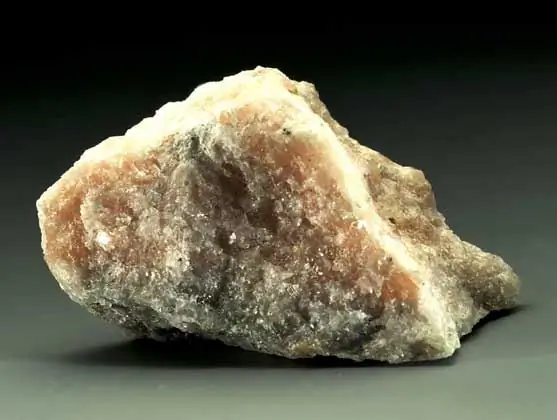Marble is a shiny natural stone consisting of rocks, admixtures of minerals and organic compounds. They determine its decor, color and durability. Marble is mined in the deposits of Central Asia, Ukraine, India, Europe.

The structure of natural marble has been forming for millions of years. Mainly from salts of carbonic acid and calcium, as well as fossils of shells, algae and coral.
Deposits of marble appear as a result of long-term changes that occur in rocks. They can be divided into three main groups: primary, sedimentary, metamorphic. The former are formed directly from magma, as a result of its solidification in the earth's crust. When cooling down, the process of separation of substances begins. For example, at the top there are components that are lighter in weight: pumice, basalt, etc., and at the bottom there are sedimentary minerals and salts. Various connections are formed in them. For example, limestone from the waste products of plants and animal organisms. Some substances dissolve when exposed to gases. Others can seep through the solidified walls of magma. A common feature of these rocks is porosity.
Due to the high pressure of magmatic gases, rocks of organic origin rush upward. Mineralized vapors gradually cool down. Under the influence of water, oxygen and high temperature, this whole mixture changes its composition. Gradually, various substances are deposited. As a result of interaction with salty seawater, strata are formed. They accumulate both valuable mineral ores and phosphorus compounds. Granular rocks such as marble are the result of the crystallization of limestone and dolomite under high temperature and pressure.
Each marble slab has its own unique pattern and color. This stone can be white or black. The color tone depends on various constituents. For example, due to manganese and iron, marble is red-brown or pink. Graphite or anthracite will make the marble look gray-black. Bitumen are responsible for the bluish tint. The color of the marble is enhanced mechanically. For example, by polishing. Reduce the clarity and brightness of the texture by grinding.
One of the most uniform in texture is white marble. It is widely used in sculpture. Most often it is gray marble with a layered color. It is easily polished, therefore it is most often used in decoration. Blue-blue varieties of marble are considered rare. Products made from it are luxury items. The popularity of marble is great. The range of use of this rock is very extensive.







